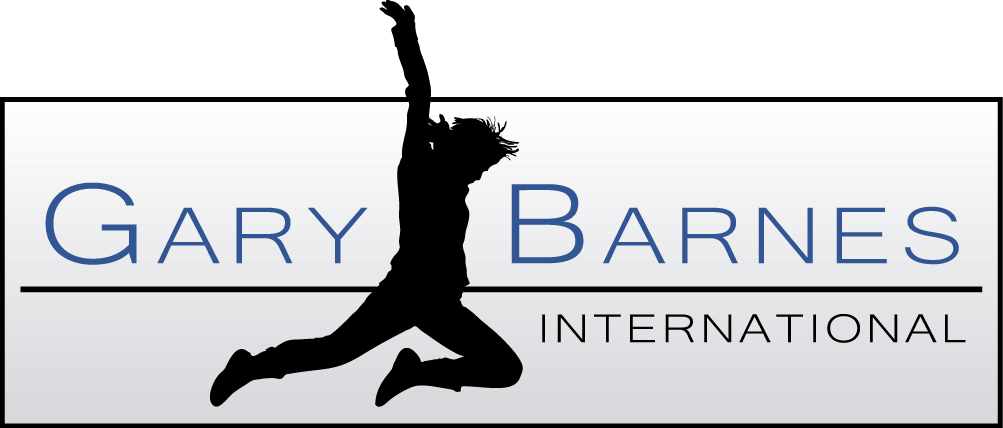The Five Step Process for Goal Setting Success
 Many of us during this time of year look forward to setting new goals for our success in the New Year. As I have worked with my coaching clients as well as in my own business I have found that setting goals is not a one step, but rather a five step process.
Many of us during this time of year look forward to setting new goals for our success in the New Year. As I have worked with my coaching clients as well as in my own business I have found that setting goals is not a one step, but rather a five step process.
Step one – Take a look back
When we work on future goals our tendency is not to look back at past results. Our past results however are what we use to build a foundation for predictable results in the future. This step is simply calculating the results of your current year. We can have a natural resistance to this step because we are concerned about what the real results are from our investment of our time, energy and money.
When calculating your financial results, remember there are two numbers that you need to look at. The gross number is the total amount you receive before expenses and the net number is the amount left after expenses. The net number is your spendable income.
Step two – List your successes and failures
Once you have your gross numbers for the year it is important to know how those numbers were created. What activities, products and services allowed you to receive those dollars? This step allows you to look at what worked and what didn’t work out well during the year.
First, list out all of the successes that you had this year. Next, determine what contributed to those successes. An example of a success would be that you had 20% of your income realized through a home study course. It’s an indication that would be a product that you would want to market again. When you look at where those buyers came from you see that 90% of them came from webinars. Here’s the secret. When something is working, repeat it. This may seem like a strange thing to say. Many times when I look at a client’s marketing I find an area in the past where they were finding a lot of success, but they stopped doing it. Why? Because they wanted to be creative and to do something different. It’s okay to be creative but please don’t stop what is working.
Now look at your failures, activities and promotions that did not give you the results you were wanting. For example, you have a service that you know people needed and you priced it at $997. You had little or no buyers. At this point you have two choices – do you make an adjustment and re-offer the service or do you simply delete that service? Often it’s an adjustment that is needed to give you the results you desire.
Step three – Create your New Year goals.
Now you get to look to your future results. When developing goals I use the analogy of a rubber band. A rubber band to be useful has to be stretched, but not stretched far enough that it breaks. The same is true with goals. You want to stretch yourself, but not to the point where you feel so much stress that you become immobilized. Richard Branson says “If your goals don’t scare you, they’re not big enough”. At my Breakthrough Business Mastery Bootcamp, I asked attendees to answer these five questions:
- What do I want to do?
- Where do I want to go?
- What do I want to have?
- What do I want to be?
- What do I want to give?
The answers to these five questions will give you ideas for the goals you want to achieve. For financial goals I find that increasing my past years results by 20% to 30% is a good place to start the new year’s focus. I can always expand that goal when I reach that number early. Allow yourself here to really think outside the box and have fun!
Step four – Roadmap for in the year.
It’s not enough to just set goals and then wait for the results to magically appear. Take each goal and decide what actions are needed to create your desired result. Let’s say your financial goal for the year is to receive $100,000. You want your coaching services to produce $50,000 or 50% of that goal. Your coaching packages are $5000 each, so you need 10 new clients to meet the $50,000 goal. You then look at how you will attract those 10 new coaching clients. Are you going to do webinars, networking events, speaking engagements, write a book, social media etc.? The important thing is to make a plan to implement and then schedule those activities in your calendar!
Step five – Launch and Adjust
While this may seem like the simplest step it can be the hardest. You can have all of the facts and figures and new goals with a road map and still not receive the results that you want. This step is where we perceive the risk. The reality is, launching is where the results are. The real risk is not implementing our plan by launching and adjusting along the way.
I would love to hear what some of your goals are for 2016. Let me know what they are in the comments below.
